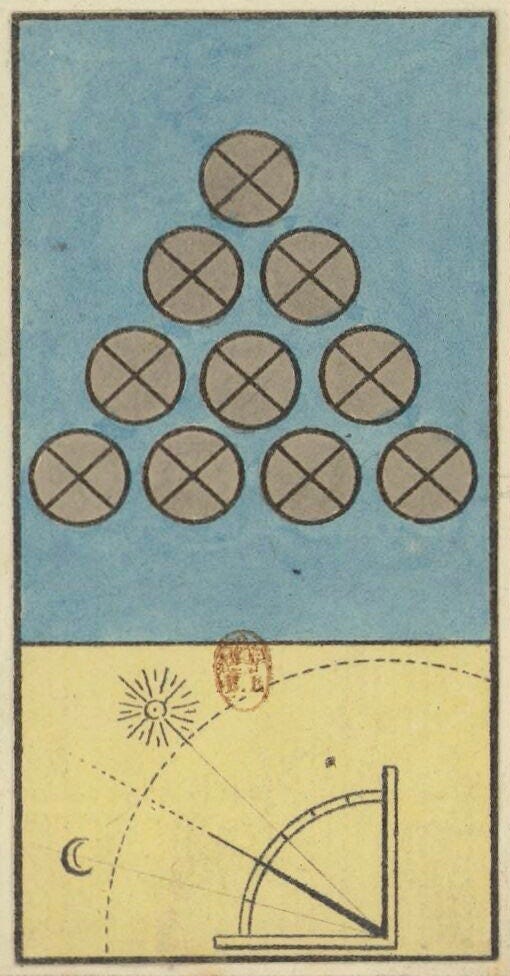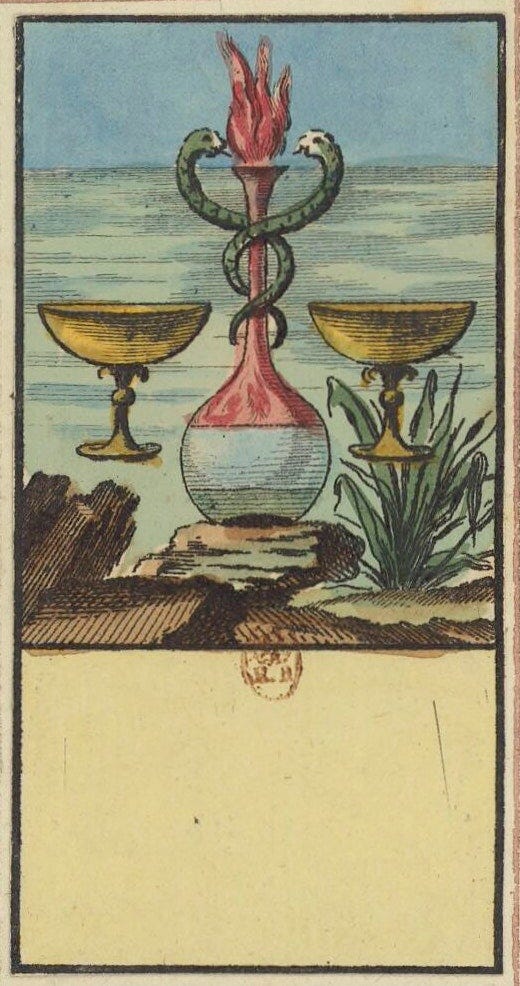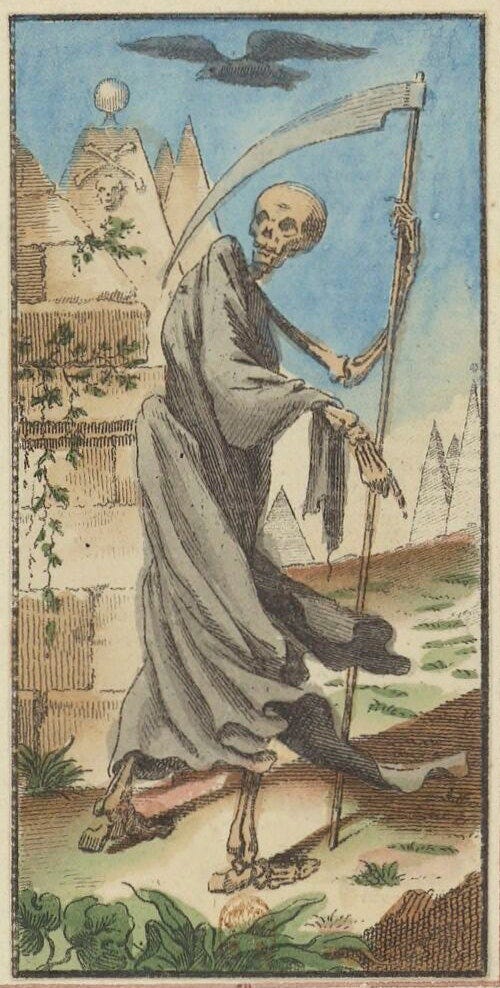[Craft] Resolution system
Getting back to my RPG "Bonaventure", with the core mechanic. Playtests went well, know it's time for a broader range of feedback.
Last time we discussed Elegant Design and while I’m collecting thoughts for the second part, I felt like an illustration was needed. Luckily, I’m also working on my own resolution system, which I wanted to simplify as much as possible for various reasons listed below. Hard not to sound presumptuous by introducing your game as an example of Elegant design, but let me present what I’m trying to achieve to explain why I think it is.
Design Space
I always start my design work by asking about the context. Whether it is interviewing team members, reading docs, or in this case: introspection. The goal is to identify the Direction, Opportunities and Constraints. I’m sure I’ll expand on those in a future entry. During the design process, you convert that material you gathered into Requirements (what does it need) and Lenses (how you can improve it).
Requirements
A system that informs the result of an uncertain situation (e.g., Save check)
Character personalization with mechanical consequences. (e.g., Attributes)
A core resource to manage during play (e.g., HP)
A buffer before the losing state (e.g., HP)
A losing state (e.g., Death)
Lenses to evaluate it
As Elegant as possible. Which I argue in my previous entry is always desirable.
Quick to define and resolve. I want to be able to chain checks when tension is high.
Leeway for player inputs. Creativity and logic is rewarded by increased chances of success.
Opportunity to strategize. Choices can be informed by mechanical optimization.
Transportable and accessible. Easy to pack and carry, without custom components.
Minimize the headspace to track everything. You don’t have to remember much, or do complex housekeeping.
Minimal required character creation time. Accommodates for one-shots.
Combines well with time constraints. There will be timers in pretty much all scenarios.
Openings for other systems. While still working as a standalone.
Resolution system
You just need a deck of cards for up to 4 players (2 decks for up to 8).
Each player takes 12 cards that represent their aptitude and current state.
There are 2 kinds of energy that compose the deck
Black cards are the ability to Focus (Perception, Resilience, Social skills).
Red cards are the Stamina (Dexterity, Mobility, Robustness).
When players want to do an action, the teller (GM) defines:
The associated energy (Black or Red).
The level of challenge (Normal=1 card, Difficult=2 cards, Extreme=3 cards).
Players can leverage their traits, equipment, … to ease the challenge.
The player can choose how many cards they want to spend from their deck to find at least the required number of cards from the right color.
The action is resolved, and the cards revealed are put on a discard pile.
Whenever the characters are resting, the teller (GM) defines a number of previously revealed cards that can be shuffled back into the deck.
If players don’t have enough cards to do an action, they can shuffle and pick from the discard pile. The cards revealed this way are given away, representing a wound.
A wound takes a long time to heal, and you won’t recover the related cards when you rest.
There are other sources that can generate wounds, if players don’t have enough cards in the discard pile, they pay from their deck instead. If there isn’t enough cards in both, they perish.
Additional consideration
Typed wounds: You can describe wounds as Physical if you give away Red cards, Mental they are Black, or a mix of both.
Flow: The fewer cards you have, the more accurate you can predict the odds, simulating the state of flow and the adrenaline that comes with high tension.
Useful metrics: Since players have 12 cards, and it takes 2 cards for decent chances of success (75%) on a normal test. You can evaluate a high-tension encounter, generating around 6 of them per players.
Flexible Timeline: There is a correlation between rest time and energy that can change the dynamic of the game.
If it takes a long time to rest, you might create a sense that players progressively accumulate the burden of their actions.
If breathing just a moment instantly gives back all cards, it feels like a high-pacing chain of challenges instead.
Easy test: To succeed or resist something simple, the teller can ask players to discard a single card without having to get any specific color.
Group test: The teller can ask a number of cards per players, but let them freely choose how they invest cards as a group to find them. It creates a sense that one character compensate for another.
Devil Bargain: You can lower the challenge level by accepting an undesirable side effect.
Conclusion
From a player perspective, you just place yourself on the spectrum of Focus/Stamina. Then, you have your “life” in your hand, and your “exhaustion” in front. You have fictional inputs to estimate energy investment.
The game is to find a way to reduce the level of challenge by engaging in the narrative. Then, to compromise between:
The encounters before the next opportunity to rest.
The importance of the action/resistance at stakes.
The systems are intertwined logically, and the game loop is achieved without requiring to track lots of variables.
Example
You are running away and find a locked door on your path. You know you are not fit, but also that inside will be a safe space. You think that breaking it open is the fastest way to enter before they arrive.
You can invest every bit of energy you have and even accept a light wound to have good odds of passing through.
You can take time to breathe instead, maybe you can elaborate a plan to trick them with your profile and more energy at your disposal.
What would you do?
Next steps
Based on my review of Laser & Feelings and the design pattern I identified, interesting developments could be:
Flesh out the character creation/progression around the Focus/Stamina dichotomy and the impact players can have on the challenge level.
Make a scenario including a setting, hooks and GM advices to illustrate how to leverage that system and balance it.







